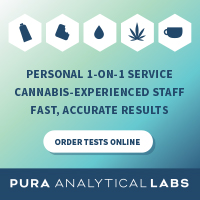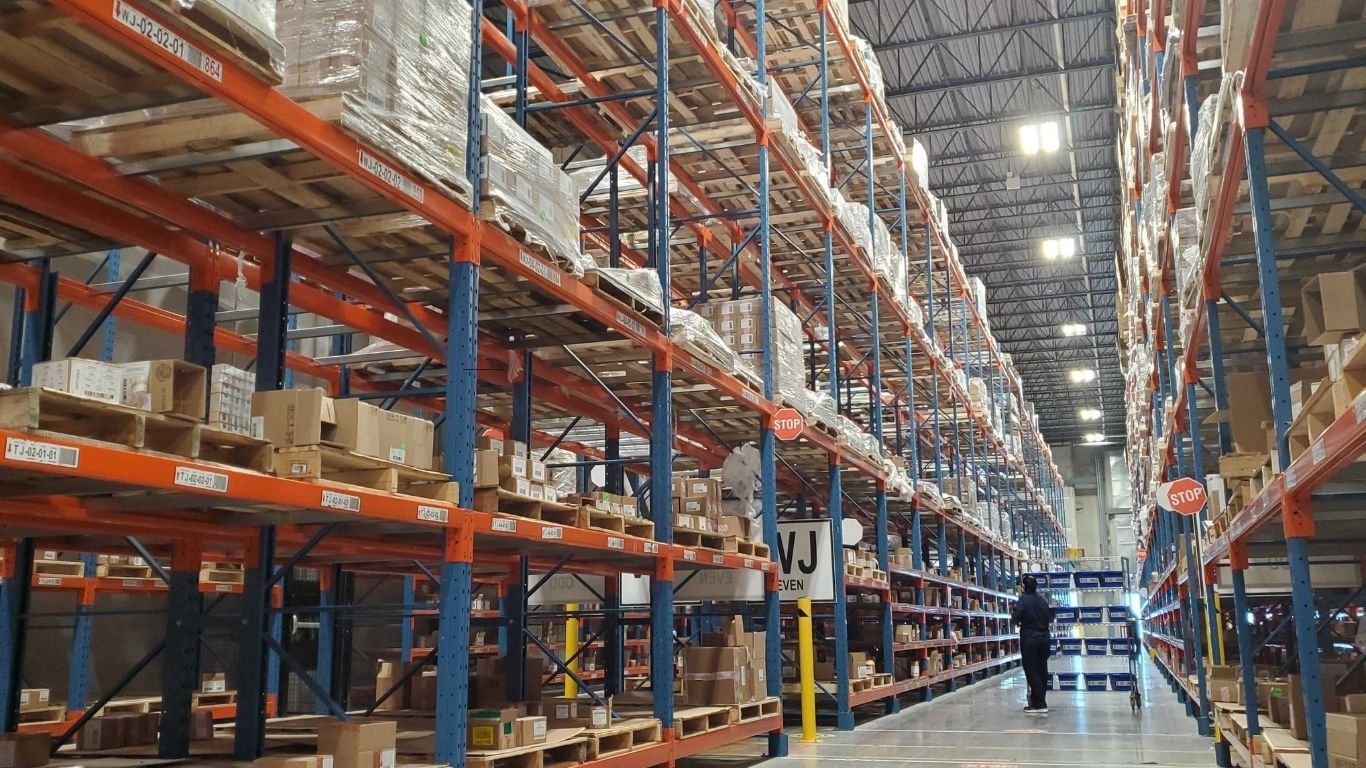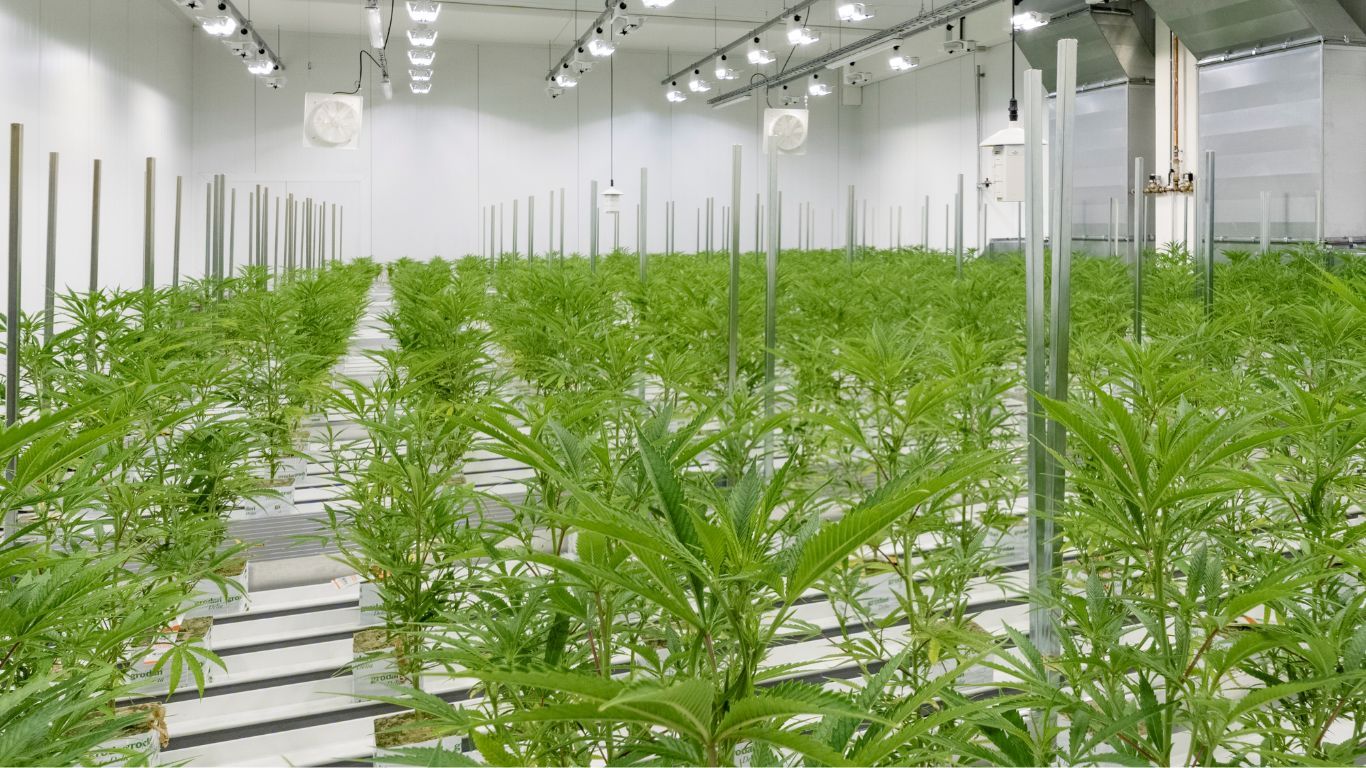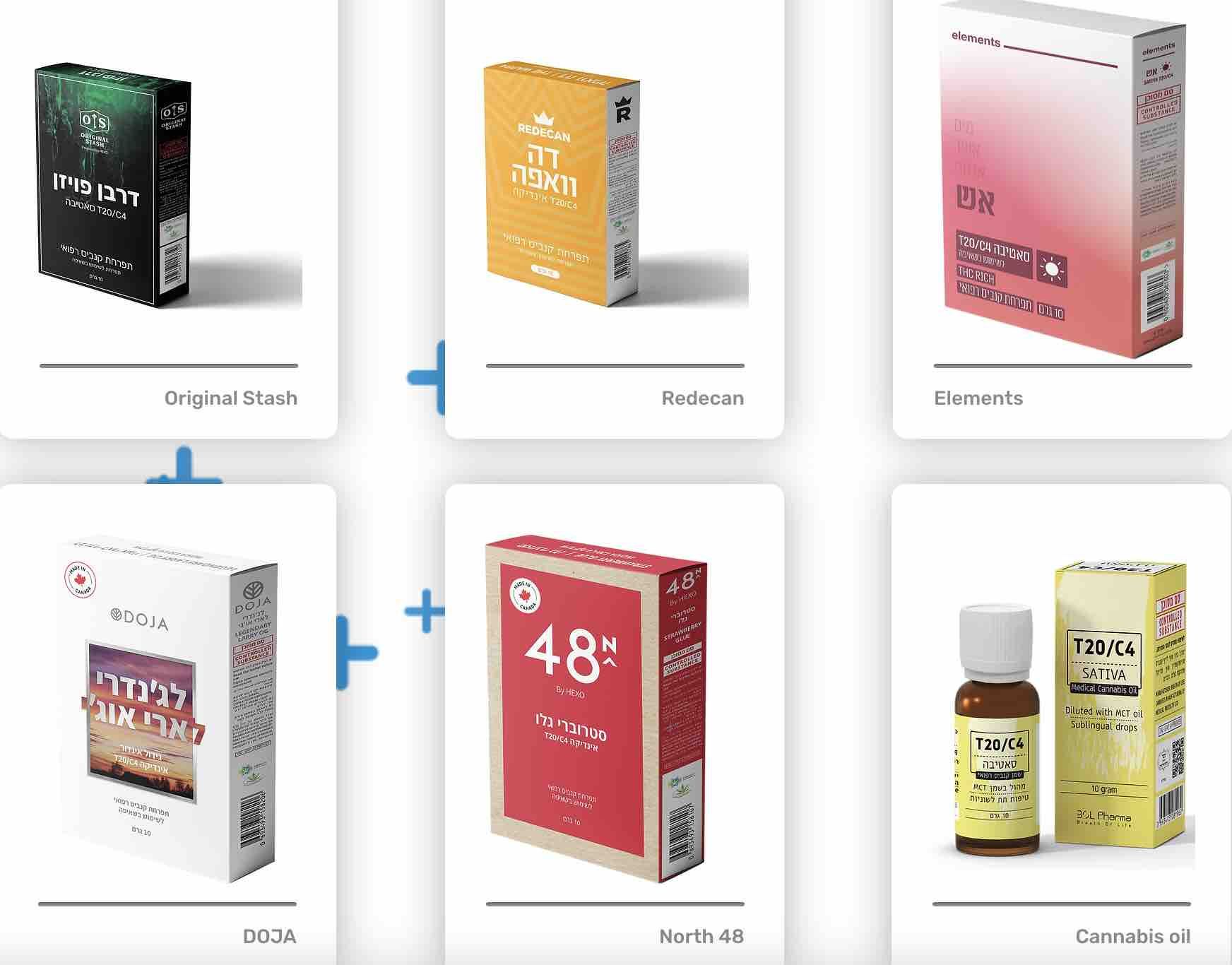
Brands can differentiate themselves from their competitors by offering low-THC potency products, but the demand for non-dominant THC cannabis is more complicated, three producers told StratCann.
Manufacturing a diverse terpene profile with phytonutrients can deliver a product that stands out from cannabis that has a maximum concentration of THC or CBD, the producers said.
Cultivators of high-potency THC flower often don’t break the 3% terpene mark, said Jeff Abbott, head of product development at Northern Green Canada. “When you’re seeing these sub-20 percent cultivars, you’re going to get a lot more interesting flavours that consumers are going to remember any time they consume them, and they will become sought after,” Abbott said.
Low-THC products offer the potential for unique formulations that meet specific consumer needs, said Brian LeBlanc, director of sales at Retro Cannabis. Brands that prioritize product innovations and consumer education in the low-THC segment could become leaders in the emerging market niche, LeBlanc said.
However, producers explained that the Canadian market is still price-and-potency-driven, making differentiation less of an obvious choice from a business perspective.
More educated consumers could start seeking out minor cannabinoid products with specific ratios of CBD, according to Maximilian Michalowski, co-founder of Emprise Canada. “You may see that these minor cannabinoids have specific purposes like vitamins do today, people take specific vitamins for anti-inflammatory purposes, they take them for sleep,” Michalowski said.
Minor cannabinoids open up a broader consumer demographic who consume low-THC products beyond just THC-adverse users, Michalowski explained. Emprise includes minor cannabinoids in THC and CBD dominant products to reach both markets.
According to Michalowski, full-spectrum products with a CBD: THC ratio of 20:1 make more sense than isolating minor cannabinoids or CBD at a 1:1 ratio, from both a business and therapeutic standpoint.
The real impact on demand for any product is the price of producing it, he argued, and the higher cost of isolating cannabinoids only pays off if you’re delivering a high-potency THC product.
Demand for low-THC cannabis has been hampered by high-potency THC mandates from provincial retail oversight boards, said Abbott. Those mandates prevent consumer demand from driving more low-THC cannabis production.
“We’ve lost a fair amount of quality genetics solely because producers have just decided, ‘Hey, you know what? I’m not going to dedicate my time and resources to a cultivar that can barely break 18 percent,” Abbott said.
LeBlanc shared that low-THC products only cater to a specific segment of the market and don’t appeal to the broader recreational cannabis consumer base. However, demand for low-THC products remains largely unmet, as low-THC products are still relatively scarce compared to their high-THC counterparts, LeBlanc explained.
The way products are packaged and encapsulated changes how much supply of low-THC cannabis is on the market, explained Michalowski.
While many products may be sold with similar formulations, some have packaged THC in two-piece capsules, Michalowski said.
An air bubble in the capsules can make the THC oxidize and turn into CBN, Michalowski said.
According to Michalowski, Emprise’s sales are split roughly 50-50 between CBD-dominant and THC-dominant products, with the Light Year Soft Gel being the company’s top-selling product, at 10 mg THC per soft gel: 0.5 mg CBD.
Northern Green Canada primarily sells higher potency products due to its focus being on medical exports, explained Abbott.
Low-THC products have slower sales compared to high-THC products, LeBlanc said.
However, they may attract a dedicated customer base seeking milder effects or specific benefits.
~ William Koblensky Varela is a reporter, editor, and journalist













